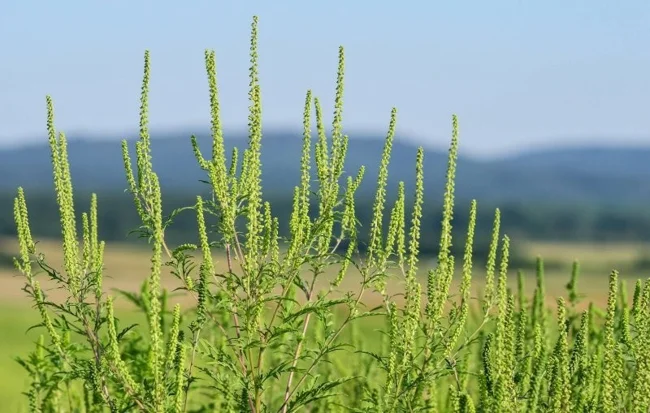Poisonous beauty: plants that are best left undisturbed (10 photos)
Often nature independently comes up with ways to protect itself. Many plants with attractive buds and a harmless appearance can easily cause serious harm to a person who wants to touch them. And here are just some examples of such “flowers”. 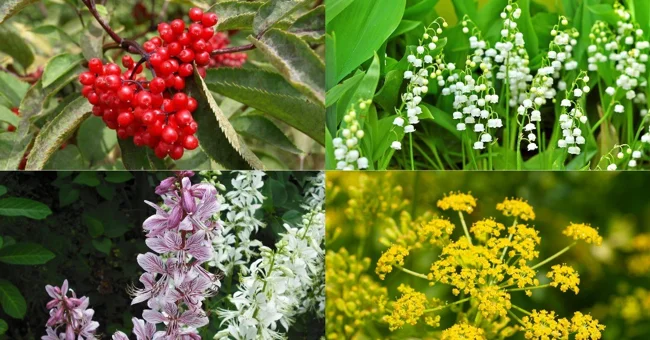
Meadow parsnip, when examined inattentively, resembles dill with its yellow umbrellas. But if the juice of this plant gets on the skin in the sun, long-lasting burns will appear. 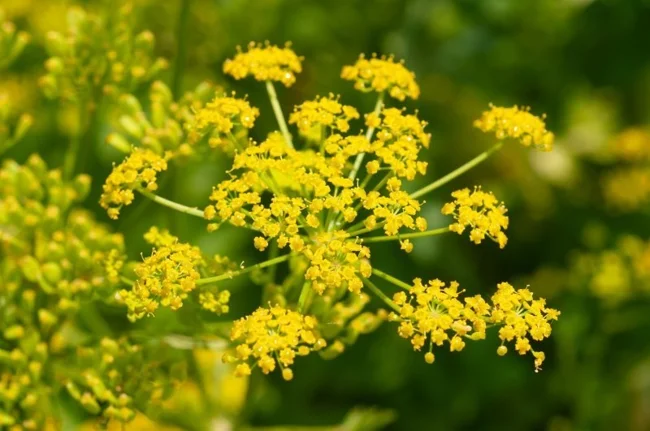
Hemlock, like parsnip, can be confused with other plants, such as sageweed. The plant contains poison in all its parts, the entry of which into the body can lead to death. 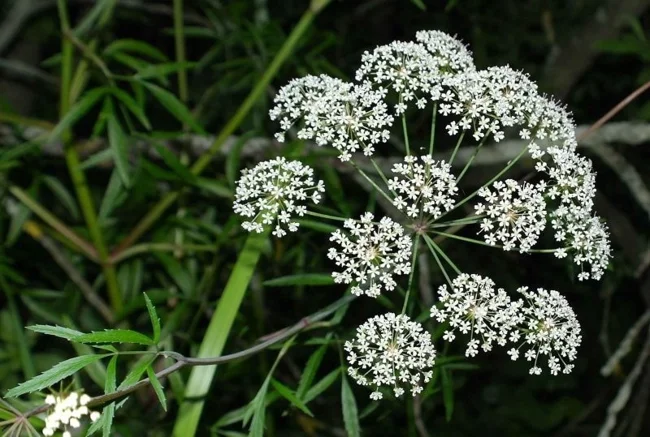
As a child, our parents scared us with wolfberries and called any bushes with berries that way so that we wouldn’t pick them and eat them. In fact, that's how it is. Wolfberry is both common wolfberry with red clusters of berries, and crow's eye, which resembles a blueberry in appearance. Both plants are poisonous. 
White ash tree. A beautiful plant with white or pink petals, grows in the steppe. The flower is covered in oils that cause irritation to the skin. The oils themselves can ignite if you bring fire to the plant, but the flower will not be harmed. 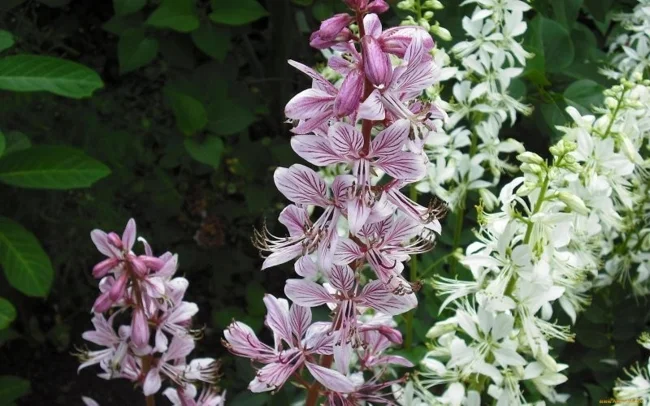
Similar to black currants, black nightshade is harmless when ripe, although you should not eat a lot of berries. And when unripe, the plant can cause vomiting and diarrhea. 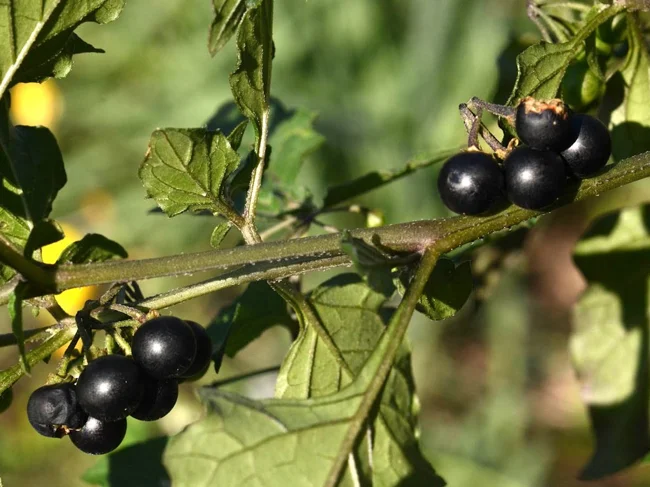
Beautiful and recognizable, lily of the valley causes redness and rashes on the skin, although it has a recognizable pleasant aroma. So it’s better not to get close to the flower, even if you really want to. 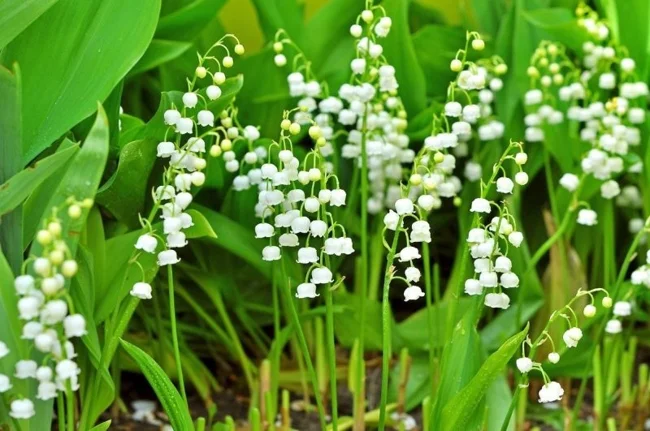
Marsh wild rosemary has leaves and smell similar to rosemary. It contains oils that can cause headaches if inhaled. White hellebore is similar to wild garlic, which makes them easy to confuse. But wild garlic is an edible plant, and hellebore is poisonous. You can distinguish them by their smell - wild garlic has a garlicky smell. 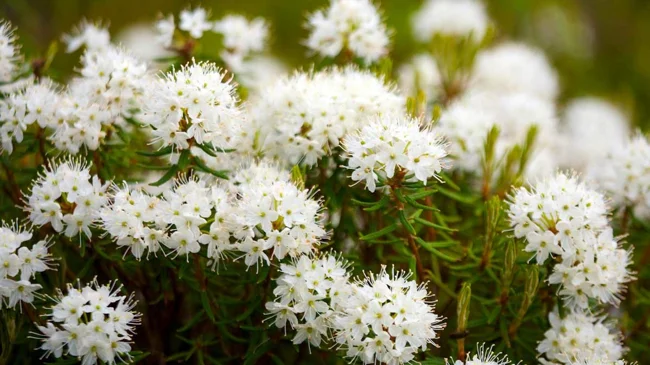
Rocking paniculata is a plant with white flowers, which is often used to complement a bouquet for splendor. A dried plant leaves irritation on the skin and mucous membranes, so it is better not to dry these flowers. 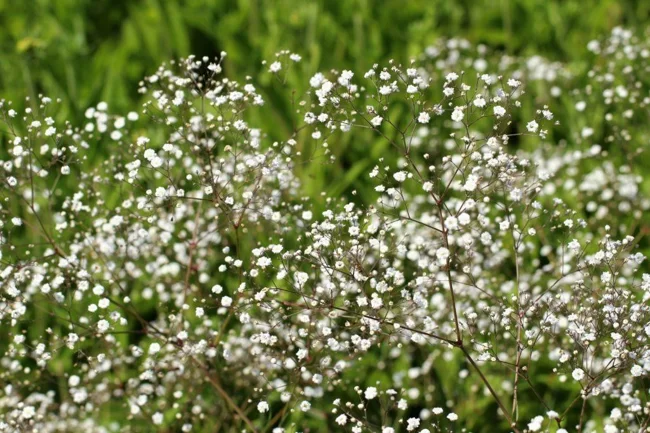
Ambrosia wormwood itself causes an allergic reaction in anyone who is even slightly exposed to it. The flower can also cause irritation if it sticks to clothing. 